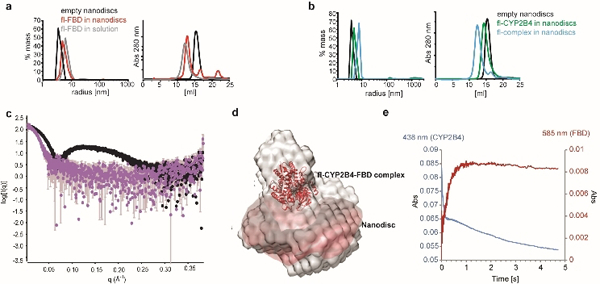Figure 2: Reconstitution of the fl-FBD and fl-CYP2B4 redox complex in peptide-based nanodiscs.

(a) DLS (left) and SEC measurements (right) of empty nanodiscs (black), fl-FBD incubated with nanodiscs (red) and fl-FBD in solution (grey) demonstrate successful reconstitution of fl-FBD in nanodiscs. (b) fl-CYP2B4 reconstituted in nanodiscs (green), the complex between fl-FBD and fl-CYP2B4 reconstituted in nanodiscs (blue), and empty nanodiscs (black). (c) Overlapped experimental scattering curves of empty (black) and fl-CYP2B4-fl-FBD complex containing nanodiscs (purple) from SAXS data. (d) An ab initio reconstruction of the fl-FBD-fl-CYP2B4 complex anchored in lipid nanodiscs (reddish brown) using the DAMMIN/DAMMIF module in Primus from ATSAS package.[35] A low resolution molecular envelop is superimposed with docked structure of the fl-FBD-fl-CYP2B4 complex. (e) Transfer of the second electron from hydroquinone FBD to oxyferrous CYP2B4 under anaerobic conditions can be monitored by the increase of absorbance at 585 nm (FBD hydroquinone to semiquinone transfer, red), as well as the decrease at 438 nm (CYP2B4 reduction of oxyferrous state, blue).
